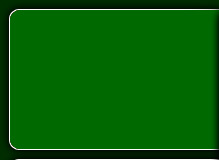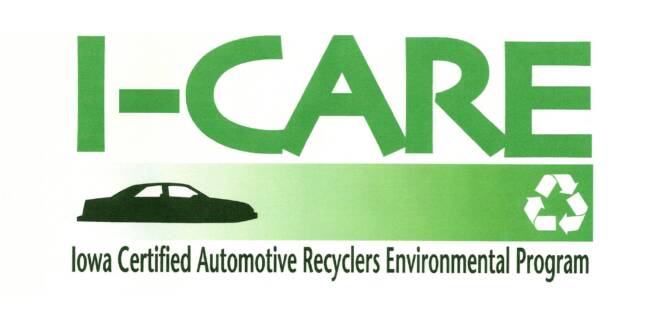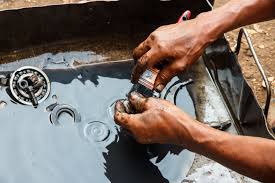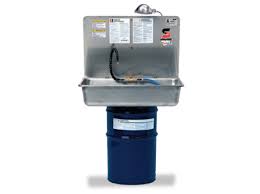MENU
Sump Sludge
Three wastes generated at the facility have the potential to be a hazardous waste, those are: Antifreeze, Oily Waste and Sump Sludge. The most conservative method of making a hazardous/non-hazardous waste determination is to submit a representative sample of these wastes to an analytical laboratory for TCLP analysis.
Sump sludge may be hazardous because of contaminants such as metal particulate or solvents. As a result, a representative sample of sump sludge should be collected and tested for the TCLP parameters, listed in the Licensing and regulatory Standards of this certification manual. If the sump sludge is found to be hazardous, it must be disposed of through an EPA-permitted hazardous waste management company, stored in sealed and labeled containers, and included in the facility’s hazardous waste inventory.
Maintain a monthly hazardous waste inventory. Keep on file for three years even if the record indicates that no hazardous waste is generated.
SUMP SLUDGE





